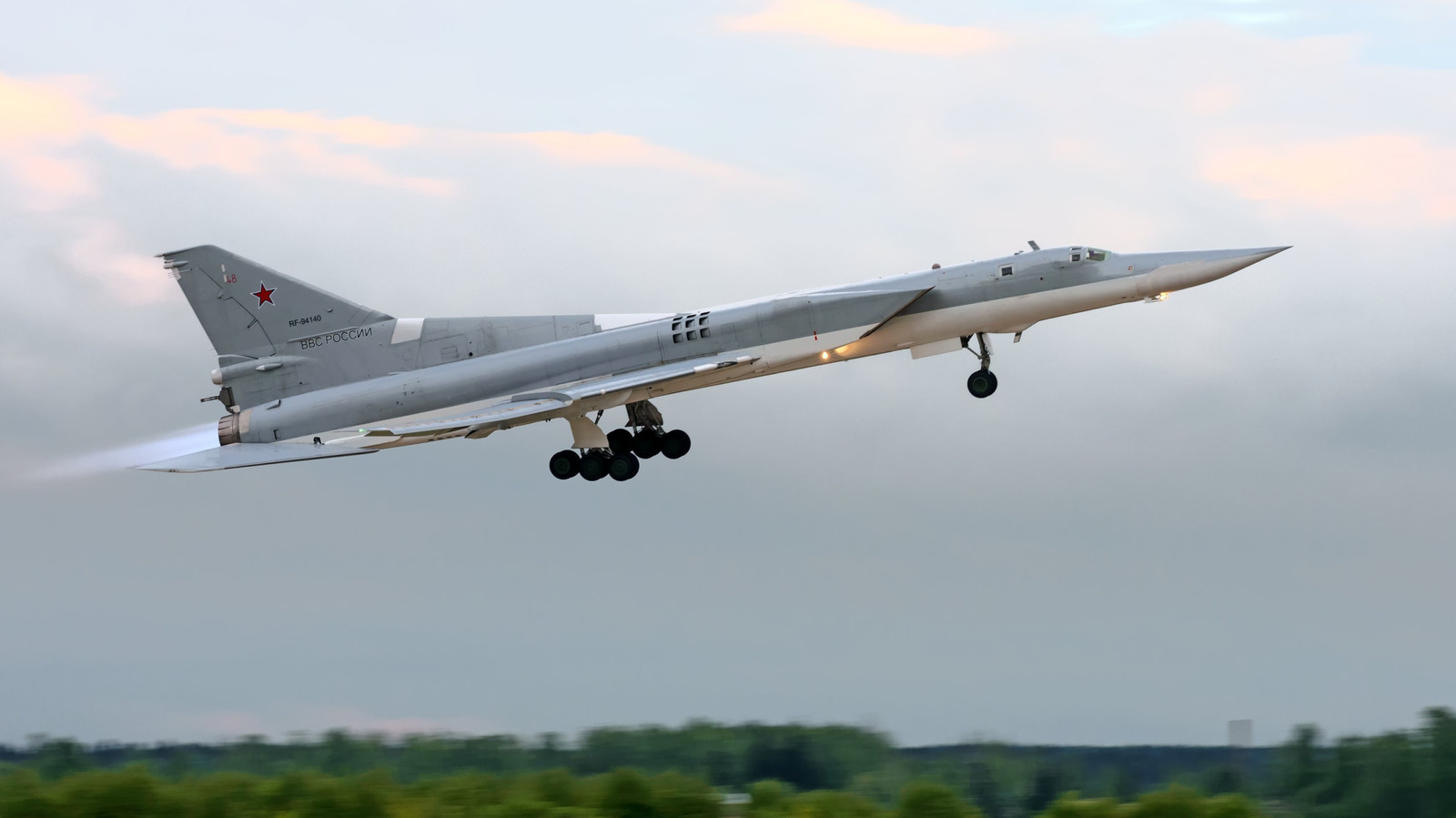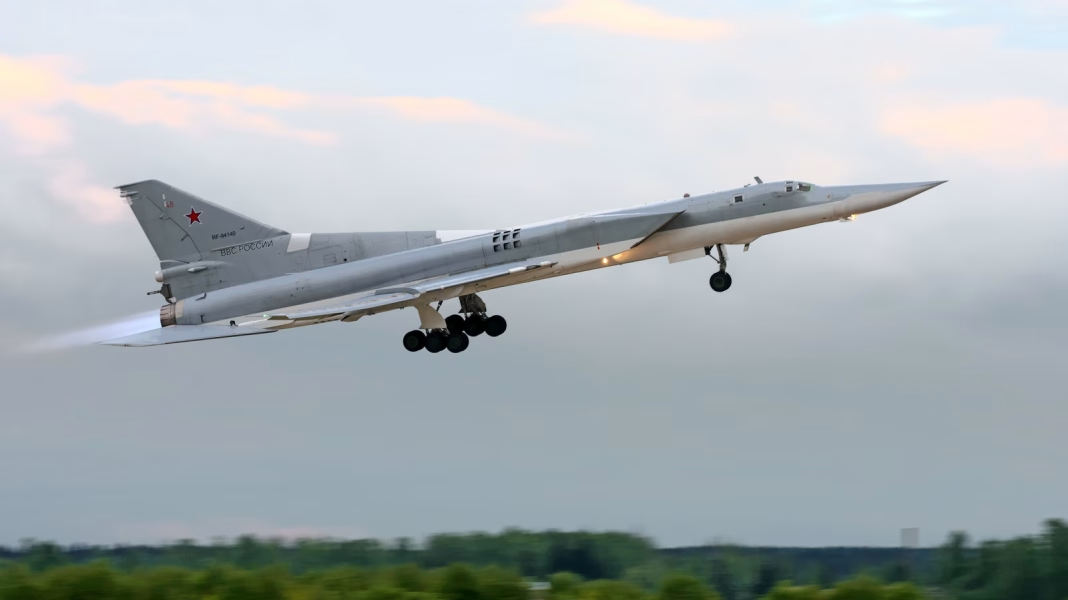The recent military operation in Ukraine has stirred significant conversations about its implications, especially regarding Russia’s military capabilities and the evolving landscape of warfare. While the immediate effects may not be glaringly visible, the long-term consequences could reshape not just Russia’s military strategy but also the global approach to conflict.
What Happened in Ukraine?
In a daring move, Ukraine executed a drone strike that targeted Russian military assets, including aircraft that are pivotal to Russia’s operational capabilities. This operation has not only showcased Ukraine’s growing technological prowess but has also highlighted vulnerabilities within the Russian military framework. The loss of these aircraft is more than just a tactical setback; it signifies a shift in the balance of power and a potential rethinking of military strategies on both sides.
Why Are These Losses Significant?
The aircraft lost in the strike are not just metal and machinery; they represent a significant investment in military technology and resources. Each plane carries with it the weight of training, maintenance, and strategic planning. Losing them can disrupt operational readiness and morale within the ranks. Moreover, it sends a message to other nations about the effectiveness of drone warfare and the potential for asymmetrical tactics to level the playing field.
The Future of Warfare: What’s Next?
As we look ahead, the implications of this operation could extend far beyond the battlefield. The integration of drones into military strategies is becoming increasingly prevalent, and this incident underscores the importance of adapting to new technologies. Countries around the world are likely to reassess their military investments and strategies, focusing more on unmanned systems that can operate with precision and lower risk to personnel.
Additionally, the psychological impact of such operations cannot be understated. For Russia, the loss of aircraft may lead to a reevaluation of its military posture and a potential shift in how it engages in future conflicts. The fear of drone strikes could lead to increased defensive measures, altering the dynamics of air superiority and ground operations.
Real-World Examples of Drone Warfare
This isn’t the first time drone strikes have changed the course of military engagements. In recent years, we’ve seen how countries like the United States and Israel have effectively utilized drones to conduct precision strikes, minimizing collateral damage while maximizing operational efficiency. These examples serve as a blueprint for other nations, including Ukraine, to follow suit.
Moreover, the rise of commercial drone technology has made it easier for smaller nations or non-state actors to access capabilities that were once exclusive to larger military powers. This democratization of military technology could lead to a more complex and unpredictable global security environment.
What Can We Learn?
The big takeaway? This operation isn’t about perfection—it’s about smarter adjustments. The landscape of warfare is evolving, and nations must adapt to these changes. For military strategists, this means investing in technology that can counter emerging threats while also exploring innovative tactics that leverage existing capabilities.
As we move forward, it’s crucial for military leaders and policymakers to recognize the lessons from Ukraine. Embracing new technologies and adapting strategies accordingly will be key to maintaining a competitive edge in an increasingly dynamic and uncertain world. Start with one change this week, and you’ll likely spot the difference by month’s end.


